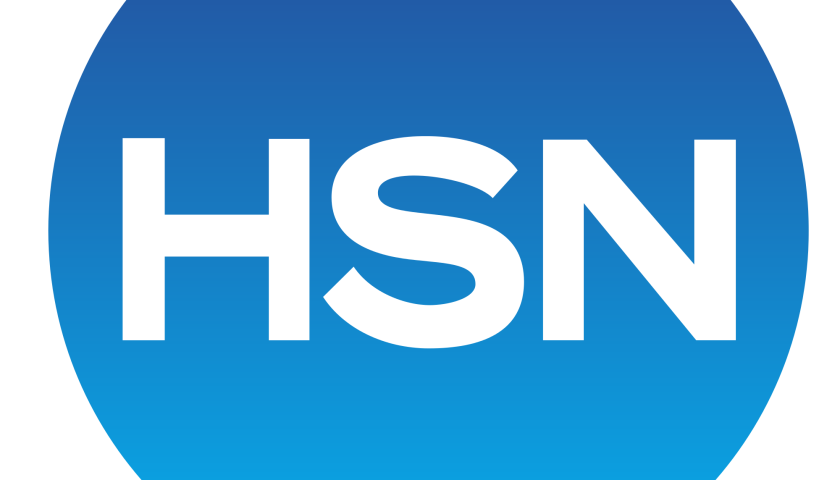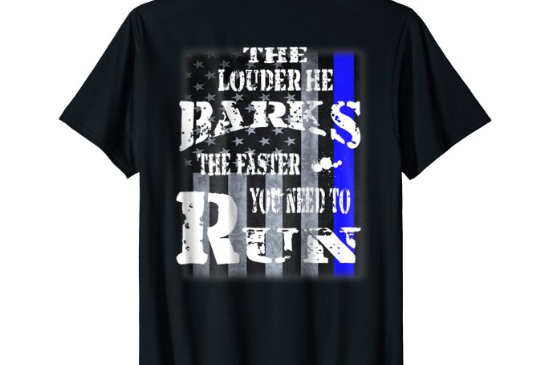The Home Shopping Network (HSN) Facts
The Home Shopping Network (HSN) is a mostly 24-hour shopping network that is seen on cable, satellite, and some terrestrial channels in the United States.
The Home Shopping Network (HSN) History
Launched by Lowell ‘Bud’ Paxson and Roy Speer in 1982 as the Home Shopping Club, a regional cable channel, and expanded into the first national shopping network three years later on July 1, 1985, HSN (its initials forming its otherwise alternate name) pioneered the concept of the viewer shopping for items in the comfort of their own home.
HSN has its roots from a radio station managed by Paxson which in 1977, due to an advertiser’s liquidity problem; was paid in can openers. Left with having to raise the funds, on-air personality Bob Circosta went on the radio and sold the can openers for $9.95 each. Lo and behold, the can openers sold out and an industry was born.
It is now owned by IAC/InterActiveCorp with broadcasts in Europe, Asia, and India.There are many other shopping channels on cable today, including HSN’s sister network, America’s Store. HSN’s main competitors are ShopNBC and QVC.
HSN, one of the leading shopping channels on television, has built its reputation with daily specials, theme blocks, and personalities. HSN begins each calendar day with a “Today’s Special,” a featured item at a special sale price.
The Home Shopping Network (HSN) Programming
A sample of theme programming blocks include (or in the past have included):
- The Sunrise Show, early morning shopping show usually hosted by John Cremeans and Lynn Murphy
- The Doll Shop (initiated by Stella Riches and later hosted by others) and other related doll show programs (generally hosted by Tina Berry, who’s been with HSN from the network’s founding)
- Fashion Wearhouse, a monthly late-night block of fashions at clear-out prices, plus other related fashion shows (generally hosted by Bobbi-Ray Carter, and mostly featuring Terry Lewis, herself a former HSN host)
- Moonlight Markdowns, a three-hour show featuring discount merchandise that airs Thursday nights (Friday mornings)
- The NFL Shop, an hour-long program featuring NFL items
- Serious Skin Care, devoted to a line of facial cosmetics sold by Jennifer Flavin-Stallone
- Numerous jewelry shows such as USA Gold and Technibond (generally hosted by HSN’s #2 host, Colleen Lopez)
- Andrew Lessman Health & Fitness, featuring the expert on health and fitness products
- sundaynight, HSN’s flagship program spotlighting the best items of the hour (the title, by the way, is presented in lowercase letters)
- Another key highlight of HSN’s programming is Suzanne Somers Weekends, an entire weekend spotlighting some of the actress’ brand-name items, hosted for the most part by Colleen Lopez
The Home Shopping Network (HSN) Operations
HSN runs 24 hours a day, although programming hours vary between each region, based upon the local TV provider. HSN’s U.S. operations are based in Saint Petersburg, Florida, which houses its corporate headquarters, studio and broadcasting facilities. Additional Call centre facilities are located in Roanoke, Virginia. Distribution centres are situated in Roanoke, Salem, Virginia, Piney Flats, Tennessee, and Waterloo, Iowa in order to ensure the fastest possible delivery of items.
HSN also operates a series of outlet stores in Florida and Tennessee. HSN broadcasts 24 hours a day, 364 days a year.
The Home Shopping Network (HSN) Technology
HSN pioneered many concepts taken for granted at their time of adoption. Using IVR systems for ordering (the original system was called Tootie) was implemented in 1986 by then vendor Precision Software. The original computer system used for the local Home Shopping Channel was an IBM System/36.
Once HSN decided to go national, then a new system from Burroughs (now Unisys) called the A3 was used. The A3 went live on July 1, 1985 and by April 1986, HSN was on an A15j (the larget commercial business processor available at the time). The main order entry system was written in a 4GL code generator called the Logic and Information Network Compiler (LINC)—since renamed EAE by Unisys.


![Fashion Looks for Christmas [Video] Fashion Looks for Christmas [Video]](https://www.couponsdigest.com/wp-content/uploads/2017/08/Walmart-back-to-school-supplies.png)
![Plus Size Clothing Haul [Video] Plus Size Clothing Haul [Video]](https://www.couponsdigest.com/wp-content/uploads/2017/07/OldNavy.com-Back-To-School-Supplies-600x365.png)
